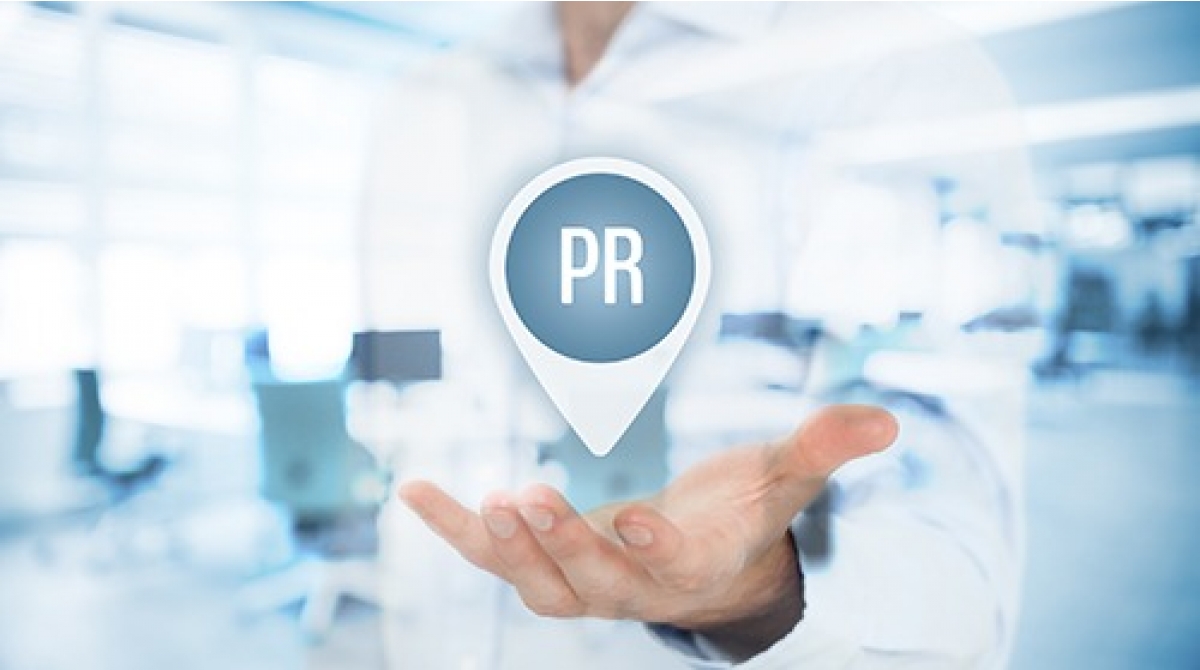Public relations is the use of media channels to promote an organization and promote positive public perception. PR is also the process of managing your brand and communicating your company’s message – especially in the time of crisis.
PR is similar to branding as it is how brands manage the dissemination of information. The main difference is that branding relies on visual elements such as logos, websites and marketing materials, whereas PR focuses on communication and reputation.
Public relations defines how a company communicates with people (customers, partners, journalists, philanthropists, politicians, the general public).
Every business needs public relations, regardless of size or industry.
PR Professionals are seasoned storytellers. With trusted media, you can find strategies for getting your story in front of the people you want to see.
Why? Because these days, customers want to trust the brands they do business with. Nothing builds and nurtures trust like public relations.
A PR strategy helps a company create, organize, and measure the effectiveness of its PR tactics. It has nothing to do with your marketing plan, but gives robust support to your marketing efforts. A PR strategy can cover a year-long campaign or work on a single objective, for instance: Launch of a new product.
Guide to build an effective PR strategy:
The nature of your PR strategy varies according to the needs and desires of your business. It includes:
- Customer-Centric Marketing
- Media Practices and Relationships
- Research and Data Analysis
- Engaging Digital Content
Step 01: If you're a PR or marketing savvy, you already know that the first step in any type of campaign is defining your target audience. So, create a robust brand identity & make the masses aware of it.
Step 02: PR creates a face for your brand & makes it authentic in the eyes of the audience. For this reason create exceptional pieces of content that clearly communicate your brand’s message.
Step 03: You may have some of the best digital PR ideas in the world with alluring images & best content but without the right tools, viewers will never see your efforts, so it is a must to choose an appropriate PR tool to reach the audience.
While selecting a PR tool, analyse your goal & think about the tactics you will use to achieve it.
Components that makes PR fun: events, social media, guest blogs, influencer marketing, content marketing.
Step 04: Good PR is more than just doing something. If you want the needle to move, you have to act deliberately.
All tactics used must be associated with an objective.
Step 05:
All well-designed PR campaigns and strategies include metrics. After all your hard work, you deserve to know if it has paid off or not. Tracked metrics should be related to tactics, objectives, and goals. For example, if your PR campaign is all over social media, you need to track mentions, new followers, comments, shares, and post reach.
If you sell press releases, you need to know the number of publications that have published it.
Other common PR metrics are:
- Website traffic
- Mentions via organic media
- Mentions in reviews
- Audience sentiment analysis
- New customers
- Re buying of the product
- Improved search ranking
- Increase in email subscribers
- Email CTR
- Stakeholder Satisfaction
Advantages of PR campaigns:
- Brand awareness
- Build brand identity
- Helps building the trust of audience
- Helps with third party endorsements
- Helps in lead generation and sales
- Creates a positive brand image
Looking for a PR agency for your brand? We got you covered! Doors Studio possesses a team of professionals who have out of the box PR strategies to give a boom to your brand. Call us for help!


